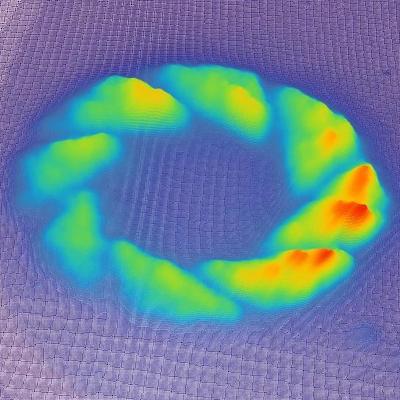Ultrafast high-resolution imaging in real time
Ultrafast high-resolution imaging in real time could be a reality with a new research discovery led by the University of Melbourne.
In work published in Nature Communications, researchers from the University of Melbourne and the ARC Centre for Excellence in Coherent X-ray Science have demonstrated that ultrashort durations of electron bunches generated from laser-cooled atoms can be both very cold and ultrafast.

Lead researcher Associate Professor Robert Scholten said the surprising finding was an important step towards making ultrafast high-resolution electron imaging a reality.
He said the finding would enhance the ability of scientists in labs to create high-quality snapshots of rapid changes in biological molecules and specimens.
“Electron microscopy, which uses electrons to create an image of a specimen or biological molecule, has revolutionised science by showing us the structure at micro- and even nanometre scales,” Associate Professor Scholten said.
“But it is far too slow to show us critical dynamic processes, for example, the folding of a protein molecule which requires time resolution of picoseconds (billionth of a billionth of a second).
“Our discovery opens up the possibility to dramatically enhance the technology.”
Researchers say imaging at this level is like making a ‘molecular movie’. The temperature of the electrons determines how sharp the images can be, while the electron pulse duration has a similar effect to shutter speed.
The team has been able to combine these two qualities of speed and temperature, generating ultrafast electron pulses with cold electrons and paving the way for new advances in the field.
'Phantom chemical' in drinking water finally identified
Researchers have discovered a previously unknown compound in chloraminated drinking water —...
Flinders facility to use the micro realm to understand the past
AusMAP aims to revolutionise the ways scientists address key questions and grand challenges in...
A new, simpler method for detecting PFAS in water
Researchers demonstrated that their small, inexpensive device is feasible for identifying various...




